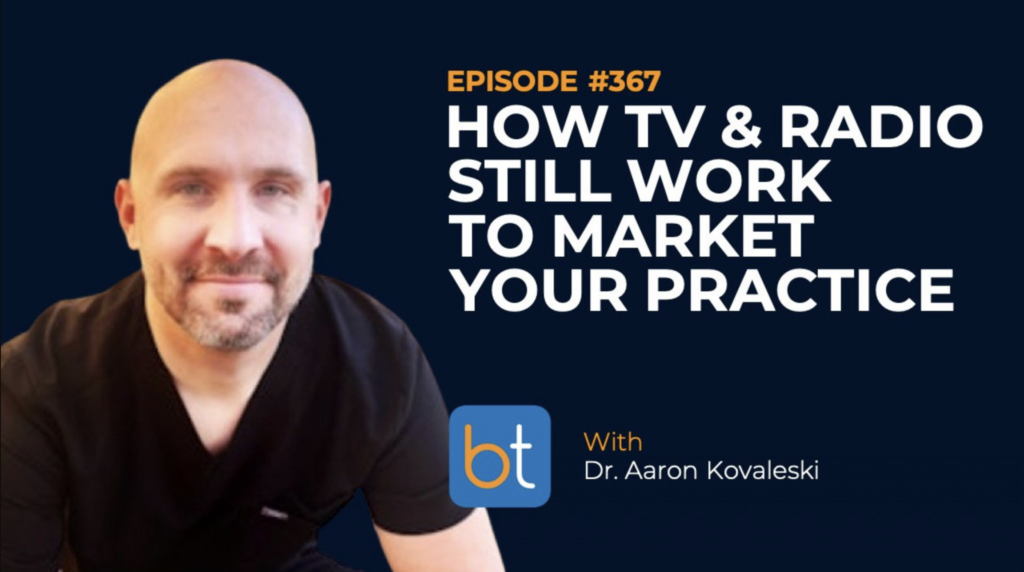Prostate Artery Embolization (PAE)
PAE is performed under light sedation. After numbing the area with a local anesthetic, we insert a microcatheter into a tiny incision in the femoral artery. Then, using advanced imaging technologies, we guide it to the artery that supplies the prostate with blood. Once the catheter is in place, we inject small microspheres into the artery to block it, which causes the abnormal growth to shrink, soften and become absorbed into surrounding tissue.
Patients typically report relief from their negative symptoms within two to four weeks.
Patients typically report relief from their negative symptoms within two to four weeks.
Watch a comprehensive educational video about how the PAE procedure is done.
These procedures are done with moderate sedation at our facility and recovery time is minimal. A closure device is used to seal your artery which decreases recovery time and can cause some bruising or soreness at the access site.






